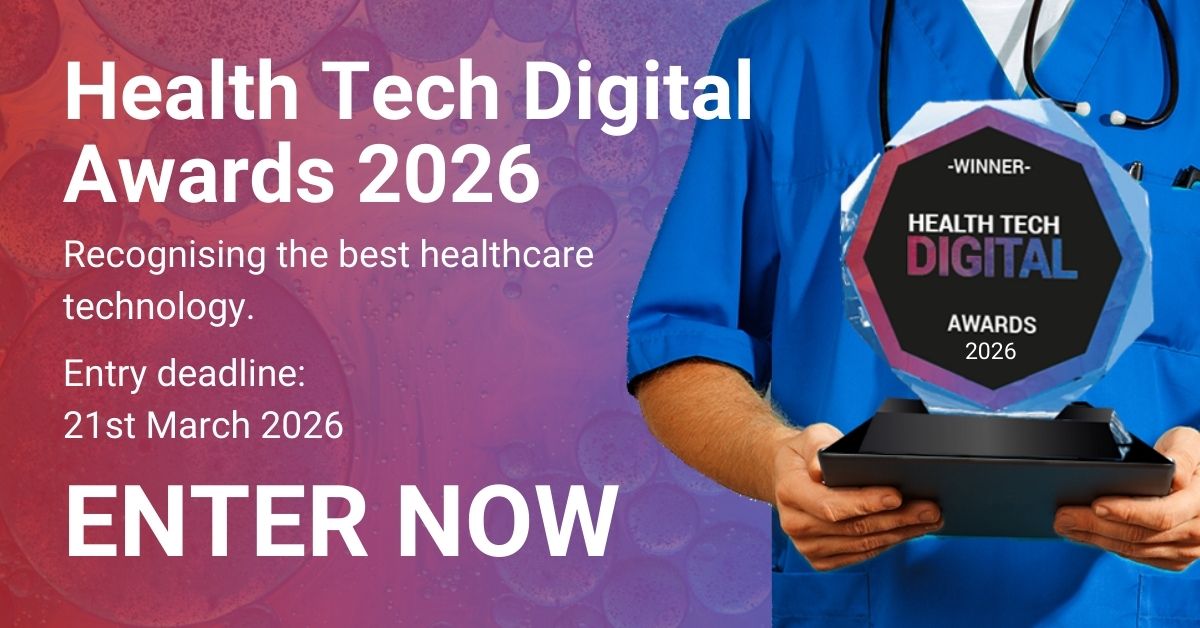The healthcare industry is evolving at an incredibly fast pace. There is continuous pressure to improve on both the quality of care and patient outcomes, while reducing costs and increasing efficiencies.
This isn’t easy. But the good news is that artificial intelligence (AI) can help. Healthcare providers and payers who leverage the enormous amounts of data points, compiled from sources such as electronic medical records (EMR), diagnostic data, imaging, real-world data, clinical trials, and medical claims information can transform their organisations. Using this data, healthcare providers can gain clear insights and predictions that allow them to dominate their markets, improve operations, enhance patient experiences, and — ultimately — save lives. The underlying objective is, of course, to ensure that all parties have the details and the resources they need to streamline or improve systems and processes throughout the patient care life cycle.
The momentum driving the rapid adoption of AI and machine learning is fast becoming the answer to the problem. They are acting as the catalyst for change that the industry seeks more urgently than ever before.
Thankfully, these technological developments are also enabling multiple functions, teams, and businesses in the public and private sector to gain access to these valuable insights quickly. We’re talking about minutes here instead of hours, weeks, and months. In fact, it’s already having an impact on the decision-making process at the bedside, in HR processes, and in clinical trials.
AI and machine learning can also proactively identify patients at risk of hospital-acquired infections or complications after they’ve been discharged from the hospital. This can help to reduce infections – such as life-threatening sepsis – decrease readmission rates and longer hospital stays, and impact the associated costs of all of these. In addition, if it is also used to drive patient monitoring systems, AI and machine learning can identify the patients likely to follow prescribed drug regimes and those most likely to experience opioid abuse.
It can also contribute to more accurate predictions about average length of stay (ALOS) for admissions by bed type and type of procedure, as well as estimating peaks in patient volumes in intensive care and emergency departments. Specifically, a hospital can precisely assess risks for every incoming patient to maximise the quality of care, while minimising costs. This information has substantial benefit when the estimated average cost of secondary over-triage is US$5,000 per patient, per case.
Equally as important to predict is patient no-shows, which costs the NHS dearly in wasted time and resources. AI solutions can now work to identify the patients most likely to miss their appointments and take action, such as a text or phone call, to remind them to show up. This also allows hospitals to optimally stack appointments to maximise revenues. When US$150 billion is the annual cost of missed healthcare appointments in the United States, this is a substantial obstacle to overcome.
AI also has other benefits in a healthcare environment. From an operational perspective, AI can help optimise staffing forecasts to include seasonality and even weather by shift, by day, by week, and by department. It also has the ability to predict the potential risk of employee turnover or burnout which is becoming an issue of critical importance due to a current shortage of clinicians worldwide. AI has even helped to identify potential billing or payment anomalies and pinpoint fraudulent claims in the private medical sector.
Yet, as with all other industries, wider adoption of AI and machine learning is somewhat limited as a result of the current shortage of data scientists. It takes time and expertise to develop models that can track trends, classify feedback, segment patient populations, and make predictions in the near- and long-term.
The solution lies in having access to an enterprise AI platform which removes the need to learn code and instead automates many of the repetitive steps in the model building process so that results can be realised faster and with fewer errors. These platforms can help those working with the data — analysts, engineers, developers – to become citizen data scientists. In this way, they benefit from the expertise of others and can add their own specialist expertise to the process to fine-tune results, helping to improve services faster.
Patient demands for access to healthcare services are high. AI can help. It can enable healthcare professionals to better understand what patients need, where gaps are, and where there are opportunities for improvement and innovation. By enabling the healthcare industry to focus on delivering highly personal and tailored care, this technology can be a positive agent for change.
By Colleen Cunningham-Greene, Global General Manager, Healthcare at DataRobot












